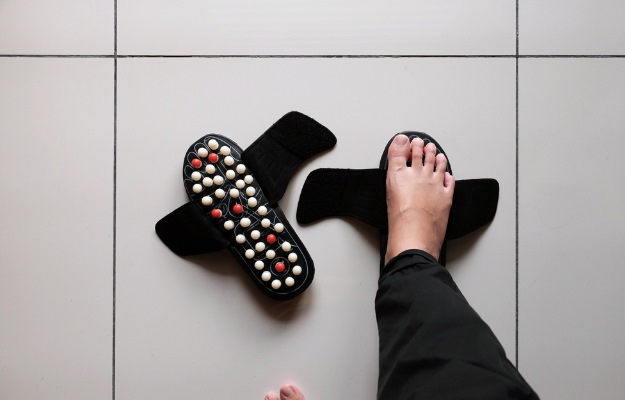Anesthesia literally means “reduction in sensation”. The medicines used for this are called "anesthetic". Anesthetic is used to numb any part of the body or to put the patient to sleep during examinations and surgical operations. Giving anesthetics does not cause pain and discomfort to the patient during treatment and makes it easier to perform many types of medical procedures. There are two commonly used types of anesthetics – local anesthetic and general anesthetic.
(Read more - Nerve Weakness)
In local anesthetics any part of your body is numbed and you remain completely conscious. It is often used in minor surgeries. In general anesthetics you remain completely unconscious and unaware of the treatment procedure. It is often used in serious surgeries.
(Read more - Nerve Conduction Velocity)
This article explains in detail what anesthesia is, what are the types of anesthesia and how anesthesia is given. Along with this, you will also know what are the possible side effects of anesthesia.
Anesthesia literally means “reduction in sensation”. The medicines used for this are called "anesthetic". Anesthetic is used to numb any part of the body or to put the patient to sleep during examinations and surgical operations. Giving anesthetics does not cause pain and discomfort to the patient during treatment and makes it easier to perform many types of medical procedures. There are two commonly used types of anesthetics – local anesthetic and general anesthetic.
(Read more - Neuropathic (Nerve) Pain)
In local anesthetics any part of your body is numbed and you remain completely conscious. It is often used in minor surgeries. In general anesthetics you remain completely unconscious and unaware of the treatment procedure. It is often used in serious surgeries.
(Read more - Immediate relief for sciatica pain)
This article explains in detail what anesthesia is, what are the types of anesthesia and how anesthesia is given. Along with this, you will also know what are the possible side effects of anesthesia.































